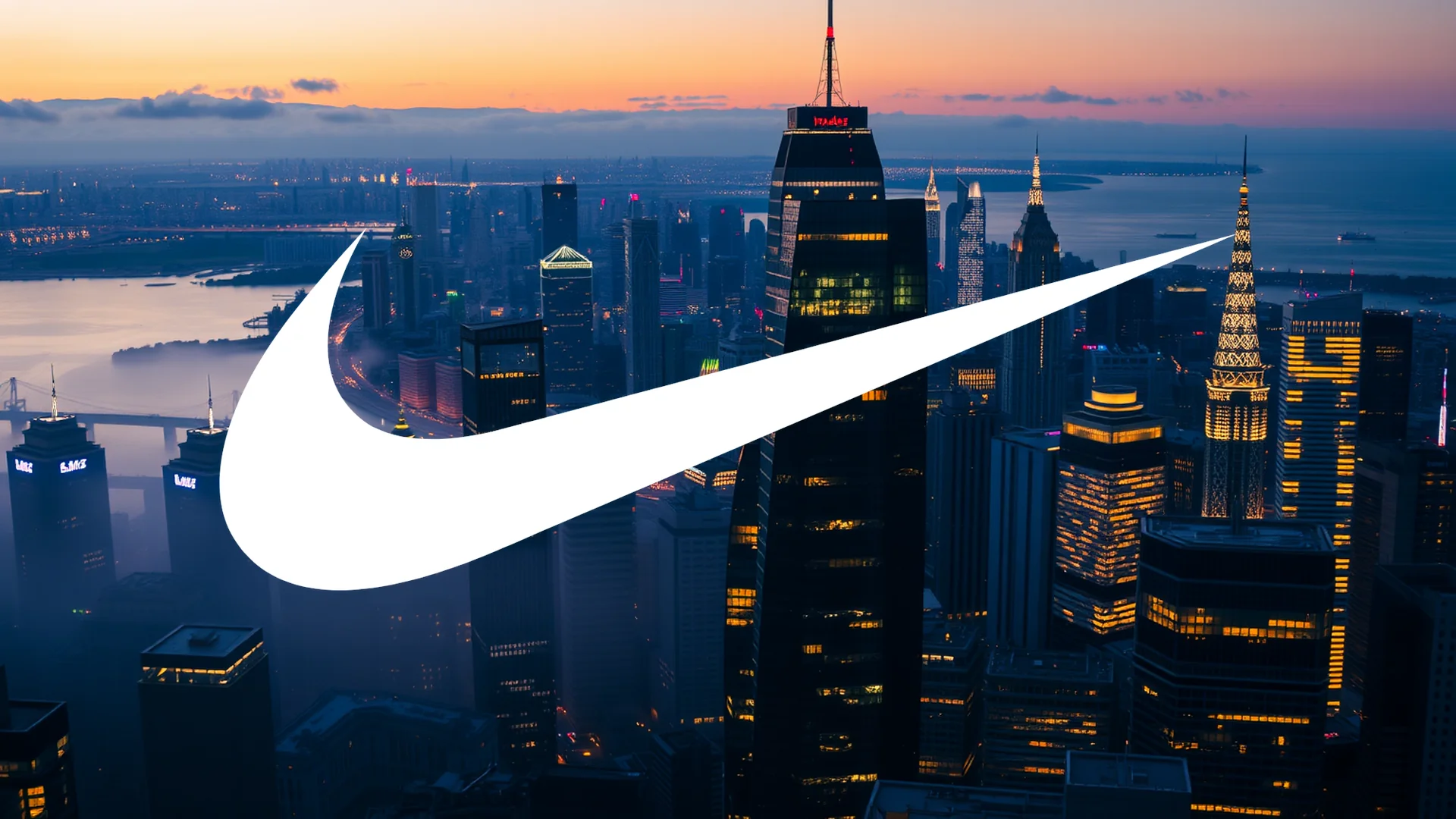After a prolonged period of disappointing earnings and margin compression, the athletic apparel giant Nike is showing unexpected signs of revitalization. Recent analyst assessments suggest the company may have initiated a meaningful turnaround, though questions remain about whether this improvement represents sustainable progress or merely a temporary rebound.
Analyst Sentiment Shifts Following Quarterly Results
Market experts are revising their outlook on Nike following the company’s first-quarter 2025 financial release. Investment firm Wells Fargo upgraded the stock to “Overweight” status while boosting its price target from $60 to $75. Analyst Ike Boruchow noted significant indicators of potential recovery: “Nike experienced a negative revision cycle for over three years, and we anticipate this trend reversing within the next 6-9 months.”
These revised projections include expectations for 3-4% revenue growth through 2026, accompanied by margin expansion of 200 basis points. Traditional footwear categories appear positioned to benefit from diminishing headwinds, according to market strategists.
Quarterly Performance Exceeds Expectations
Nike’s financial results for Q1 2025 provided the foundation for this renewed optimism. The corporation substantially outperformed analyst forecasts, delivering earnings per share of $0.49—an impressive 81% above projections. Revenue reached $11.72 billion, showing slight growth despite previous expectations of contraction.
Several segments demonstrated particular strength: wholesale channels advanced by 7%, while North American sales grew 4%. The running shoe division recorded remarkable expansion exceeding 20%, suggesting CEO Elliott Hill’s “Win Now” strategic initiative is beginning to yield tangible benefits.
Should investors sell immediately? Or is it worth buying Nike?
Challenges Persist Amid Recovery Signs
Despite these positive developments, Nike continues to face significant obstacles. The direct-to-consumer segment contracted by 4%, with e-commerce sales declining more substantially at 12%. In China—previously the company’s growth engine—revenue decreased by 10%. Margins compressed by 320 basis points due to increased tariff expenses and heightened promotional activity.
Tariff costs now burden Nike with annual expenses of $1.5 billion—$500 million beyond initial estimates. Management guidance for the current quarter anticipates continued slight revenue contraction alongside further margin pressure.
Assessing the Sustainability of Improvement
The critical question facing investors is whether Nike can maintain its current trajectory. The next quarterly report, scheduled for December 18, will reveal whether the recent outperformance represents an isolated event or the beginning of a sustained recovery. While the stock has recovered from its April lows, it remains down more than 20% year-to-date.
The indicators point toward gradual improvement, but for a durable recovery to materialize, Nike must demonstrate progress beyond wholesale channels, including revitalization of its direct distribution network and recovery in the crucial Chinese market. The battle for supremacy in the athletic apparel sector remains fiercely contested, with Nike’s path forward requiring consistent execution across all business segments.
Ad
Nike Stock: Buy or Sell?! New Nike Analysis from November 13 delivers the answer:
The latest Nike figures speak for themselves: Urgent action needed for Nike investors. Is it worth buying or should you sell? Find out what to do now in the current free analysis from November 13.
Nike: Buy or sell? Read more here...










